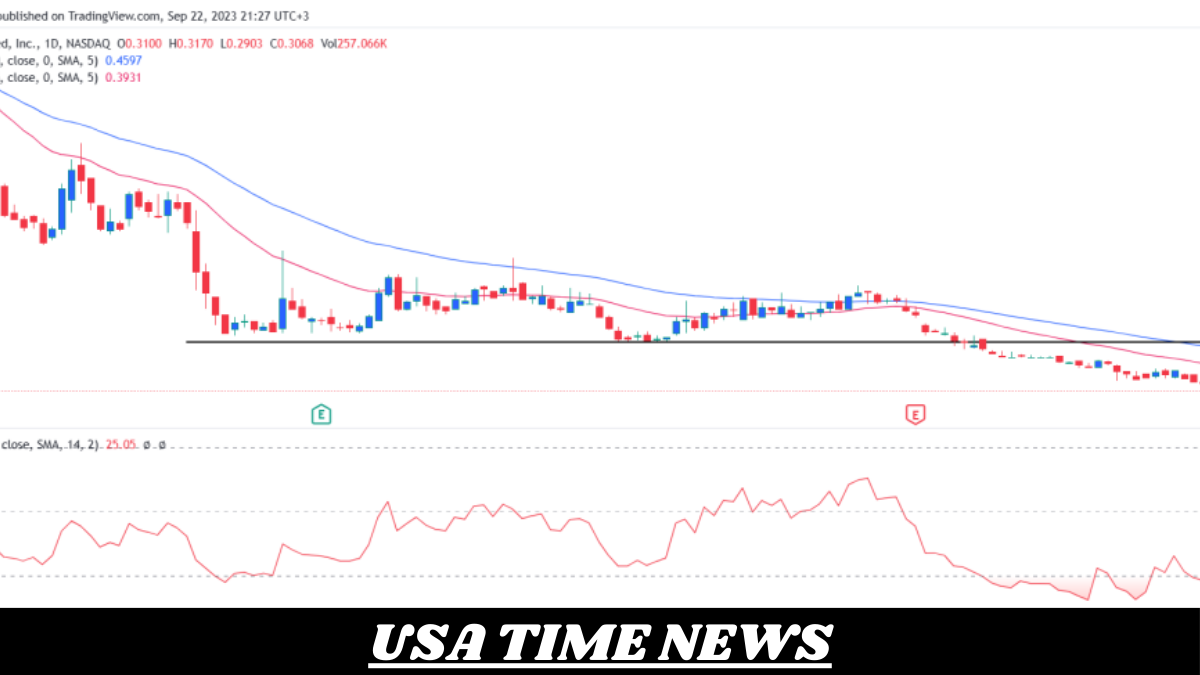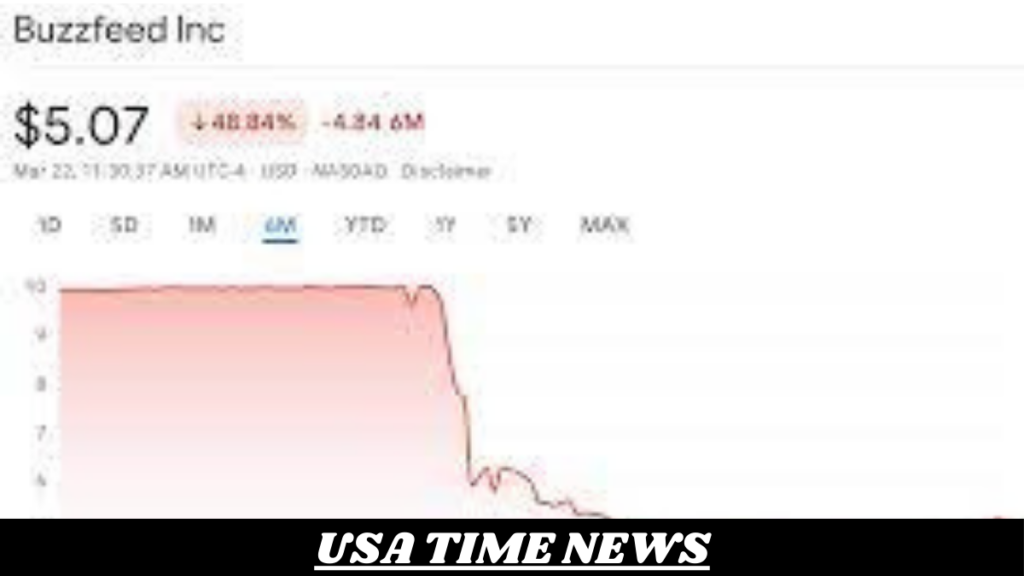How to Invest in Buzzfeed Stock: A Beginner’s Guide1

BuzzFeed, a name synonymous with viral content, engaging quizzes, and innovative digital media, has made significant waves in the media industry since its inception. The company’s transition into the public stock market has garnered considerable attention from investors, media professionals, and the general public alike. In this comprehensive guide, we’ll delve into the journey of BuzzFeed stock, its market performance, factors influencing its valuation, and what potential investors should consider.
The Rise of BuzzFeed: A Brief Overview
Founded in 2006 by Jonah Peretti and John S. Johnson III, BuzzFeed started as a small experiment in viral media. The platform quickly gained popularity for its listicles, quizzes, and shareable content, becoming a household name. BuzzFeed’s unique approach to content creation, leveraging data and analytics to understand audience preferences, set it apart from traditional media outlets.
Key Milestones
- 2006: BuzzFeed is founded in New York City.
- 2011: The company launches BuzzFeed News, marking its foray into serious journalism.
- 2016: BuzzFeed reaches a valuation of $1.5 billion.
- 2021: BuzzFeed announces plans to go public through a merger with a special purpose acquisition company (SPAC).
Going Public: The SPAC Merger
In 2021, BuzzFeed announced its plans to go public by merging with 890 Fifth Avenue Partners, a special purpose acquisition company (SPAC). This move was seen as a strategic effort to raise capital and expand its media empire. The merger valued BuzzFeed at approximately $1.5 billion, with the company receiving an influx of funds to fuel its growth.
What is a SPAC?
A SPAC, or special purpose acquisition company, is essentially a shell company created to raise funds through an initial public offering (IPO) with the intention of acquiring an existing company. For BuzzFeed, merging with a SPAC offered a faster and potentially more flexible route to the public markets compared to a traditional IPO.
The Merger Details
The merger with 890 Fifth Avenue Partners was completed in December 2021, resulting in BuzzFeed being listed on the Nasdaq under the ticker symbol “BZFD.” The deal included a combination of cash and stock, with BuzzFeed raising approximately $288 million in gross proceeds.
Market Performance: Analyzing BuzzFeed Stock

Since its debut on the Nasdaq, BuzzFeed stock has experienced a rollercoaster of market performance. Understanding the factors that influence its stock price is crucial for investors looking to make informed decisions.
Key Financial Metrics
To evaluate BuzzFeed stock, it’s essential to consider several key financial metrics:
- Revenue Growth: BuzzFeed’s revenue growth is a critical indicator of its market performance. The company’s ability to generate consistent revenue from advertising, branded content, and e-commerce initiatives is vital for investor confidence.
- Profitability: Like many digital media companies, BuzzFeed has faced challenges in achieving profitability. Investors closely watch metrics such as EBITDA (Earnings Before Interest, Taxes, Depreciation, and Amortization) to gauge the company’s financial health.
- User Engagement: BuzzFeed’s ability to attract and retain a large and engaged audience is a significant factor in its valuation. Metrics such as monthly active users (MAUs) and time spent on the platform provide insights into user engagement.
Stock Performance Trends
Since its IPO, BuzzFeed stock has shown both upward and downward trends. Investors should consider the following factors when analyzing these trends:
- Market Sentiment: The overall sentiment in the stock market, influenced by macroeconomic factors and industry trends, can impact BuzzFeed’s stock price.
- Earnings Reports: Quarterly earnings reports provide critical insights into BuzzFeed’s financial performance. Positive earnings surprises can boost the stock, while disappointing results can lead to declines.
- Industry Comparisons: Comparing BuzzFeed’s performance with other digital media companies can offer a broader perspective on its market position and potential for growth.
Factors Influencing BuzzFeed Stock
Several factors influence BuzzFeed stock, ranging from internal company dynamics to external market conditions. Understanding these factors can help investors make informed decisions.
Audience Engagement and Growth
Maintaining a large and engaged audience is vital for BuzzFeed’s success. The company’s ability to create content that resonates with its audience, attract new users, and retain existing ones is a key factor in its market valuation. Innovations in content creation, distribution strategies, and partnerships with social media platforms can enhance audience engagement.
What Investors Should Consider
Investing in BuzzFeed stock requires careful consideration of several factors. Here are some key points for potential investors to keep in mind:
Risk Tolerance
Like any investment, investing in BuzzFeed stock comes with risks. The digital media industry is dynamic and subject to rapid changes. Investors should assess their risk tolerance and consider how BuzzFeed stock fits into their overall investment portfolio.
Conclusion: Is BuzzFeed Stock a Good Investment?
BuzzFeed’s journey from a viral content platform to a publicly traded company is a testament to its resilience and innovation. While the stock has experienced volatility, it also presents opportunities for investors willing to navigate the dynamic digital media landscape. By understanding the factors influencing BuzzFeed stock, staying informed about industry trends, and assessing their risk tolerance, investors can make informed decisions about whether BuzzFeed stock aligns with their investment goals.




